INDIA – INDE
N. Ramani – Flute – His Master’s Voice – EASD 1390, released 1973 (LP)
Natesan Ramani (1934-2015), aka as N. Ramani, was born into an illustrious musical family in Tiruvarur, Tamil Nadu, and was first tutored in the Carnatic flute by his maternal grandfather singer and flautist Azhiyur Narayanasami Iyer (1878-1941).
Although stories of Lord Krishna’s enchanting flute melodies abound in Hindu mythology, the Carnatic eight-hole bamboo flute was not used as a solo concert instrument until the late 19th century.
Ramani’s maternal uncle T.R. Mahalingam (1926-1986), who played a central role in popularizing the Carnatic flute in the 20th century, accepted him as a disciple in 1943. A few years later, Ramani moved to Chennai, where Mahalingam lived, to pursue his apprenticeship. By expanding on his mentor’s flute playing techniques, while also studying the long North Indian bass bansuri flute, developed by the great Pannalal Ghosh (1911-1960), Ramani quickly established himself as a major soloist and innovator on the Indian classical music scene.
Ramani toured widely in India and abroad, first with Mahalingam, and then with a host of Carnatic and Hindustani luminaries, including violinists M.S. Gopalakrishnan (1931-2013) and T.N. Krishnan (1928-2020), vocalists Balamuralikrishna (1930-2016) and Pandit Jasraj (1928-2020), sarodist Amjad Ali Khan (b. 1945), and flutist Hariprasad Chaurasia (b. 1938). In 1966, he began a groundbreaking collaboration with violinist Lalgudi Jayaraman (1930-2013) and veena player R. Venkataraman (1938-2010) to form a highly acclaimed Veena-Venu-Violin trio (see my Jayaraman post here).
In addition to his many stage performances, Ramani was also a dedicated teacher who founded the Ramani Academy of Flute and trained more than 100 disciples.
This gorgeous album showcases the maestro’s exquisite Carnatic vocal-like venu flute playing (and bass flute on B2) in a luminous dialogue with the eminent violinist M.S. Gopalakrishnan, Vellore Ramabhadran (1929-2012) on mridangam and Shyam Sundar on kanjira to craft delicate, sprightly, and mellifluous soundscapes.
Natesan Ramani (1934-2015), ou N. Ramani, né dans une illustre famille de musiciens à Tiruvarur dans le Tamil Nadu, commence dès son plus jeune âge a apprendre la flûte carnatique auprès de son grand-père maternel, le chanteur et flûtiste Azhiyur Narayanasami Iyer (1878-1941).
Bien que les récits sur les mélodies enchanteresses de la flûte de Krishna abondent dans la mythologie hindoue, la flûte Carnatic à huit trous n’est utilisée comme instrument de concert solo qu’à partir de la fin du 19ème siècle.
L'oncle maternel de Ramani, T.R. Mahalingam (1926-1986), qui joua un rôle central dans la popularisation de la flûte Carnatic au XXe siècle, l'accepte comme disciple en 1943. Ramani s’installa quelques années plus tard à Chennai, où vécu Mahalingam, afin de poursuivre son apprentissage. En développant les techniques de jeu de flûte de son maître tout en étudiant la flûte basse bansuri d'Inde du Nord développée par le grand Pannalal Ghosh (1911-1960), Ramani s'impose rapidement comme un soliste et un innovateur de tout premier plan sur la scène musicale indienne classique.
Ramani participa à de nombreuses tournées en Inde et à l'étranger, avec son mentor Mahalingam, puis avec des grands musiciens Carnatic et Hindustani, tels les violonistes M.S. Gopalakrishnan (1931-2013) et T.N. Krishnan (1928-2020), les chanteurs Balamuralikrishna (1930-2016) et Pandit Jasraj (1928-2020), le joueur de sarod Amjad Ali Khan (né en 1945) et le flûtiste Hariprasad Chaurasia (né en 1938). À partir de 1966, il entame également une collaboration originale et novatrice avec le violoniste Lalgudi Jayaraman (1930-2013) et le joueur de veena R. Venkataraman (1938-2010) pour former un trio Veena-Venu-Violon encensé par le public et la critique (voir le post de Jayaraman ici).
En plus de ses nombreux récitals, Ramani fut également un professeur dévoué qui fonda la Ramani Academy of Flute et forma plus de 100 disciples.
Ce magnifique album présente l'exquis jeu de flûte venu Carnatic du maestro (qui joue de la flûte basse sur B2) dans un dialogue lumineux avec l'éminent violoniste M.S. Gopalakrishnan, Vellore Ramabhadran (1929-2012) au mridangam et Shyam Sundar au kanjira créant des paysages sonores délicats, vifs, et lyriques.
Our other post featuring N. Ramani:
Lalgudi Jayaraman – Violin Venu Veena – HMV ECSD 2494 here
The photographs below are from the British Museum’s online collection here and L'Inde Que J'Aime by Nicole Ménant, photographs by Jean-Louis Nou, Editions Sun, 1968:
Manuscript painting of Krishna with inscription. He is portrayed here as the lover par excellence, a dark-skinned handsome youth playing the flute and ravishing the hearts of the local Gopis, with his appearance and haunting melodies. The melody magically causes each of the Gopis to imagine that He is dancing with her alone. Drum and cymbal players at the bottom left accompany the wild gyrations of the besotted Gopis.
Painted on paper. Udaipur style, Rajasthan, c. 1630-1640:

%2023%2094.jpg)
%20-32%2067.jpg)
%20-56%2026.jpg)
%20copy%20(2)%20Paste%20-11%2064.jpg)
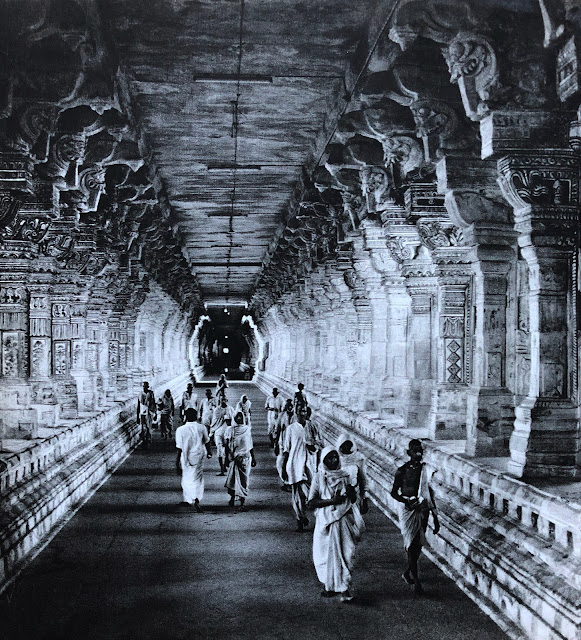
%20-12%2041.jpg)
%20-18%2039%20.jpg)
%2011%2069.jpg)
%2014%2060.jpg)
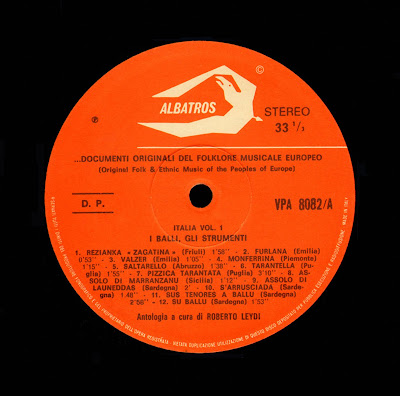
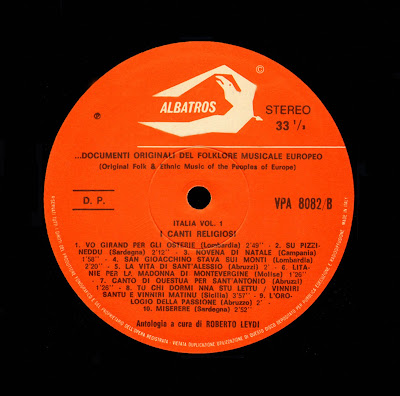
%20-12%2073.jpg)
%20-11%2032.jpg)
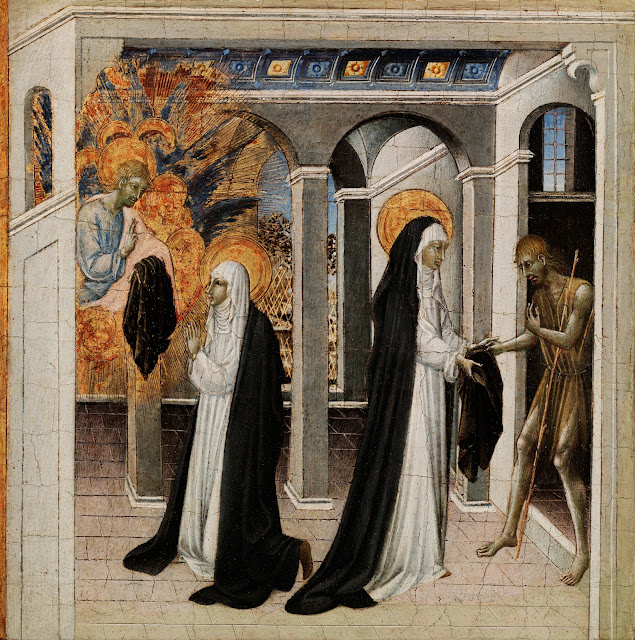






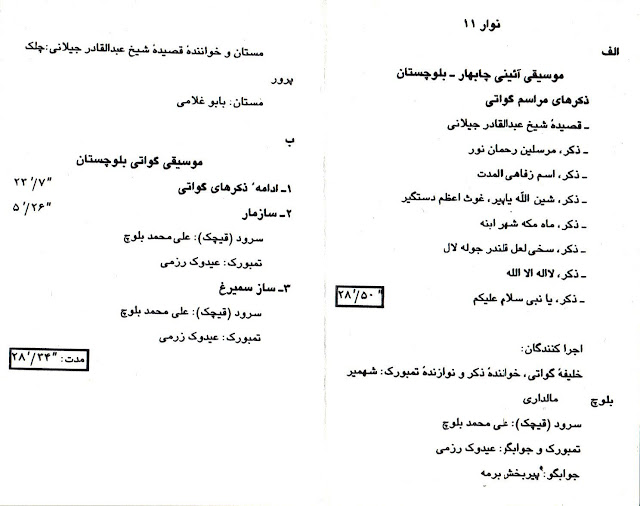
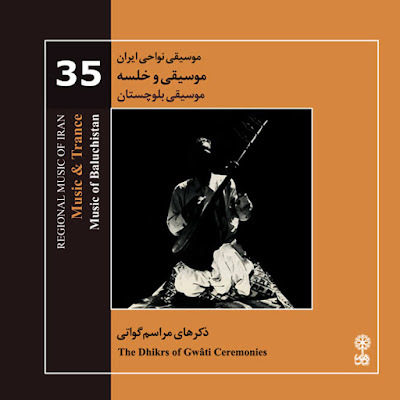
%209%2036.jpg)